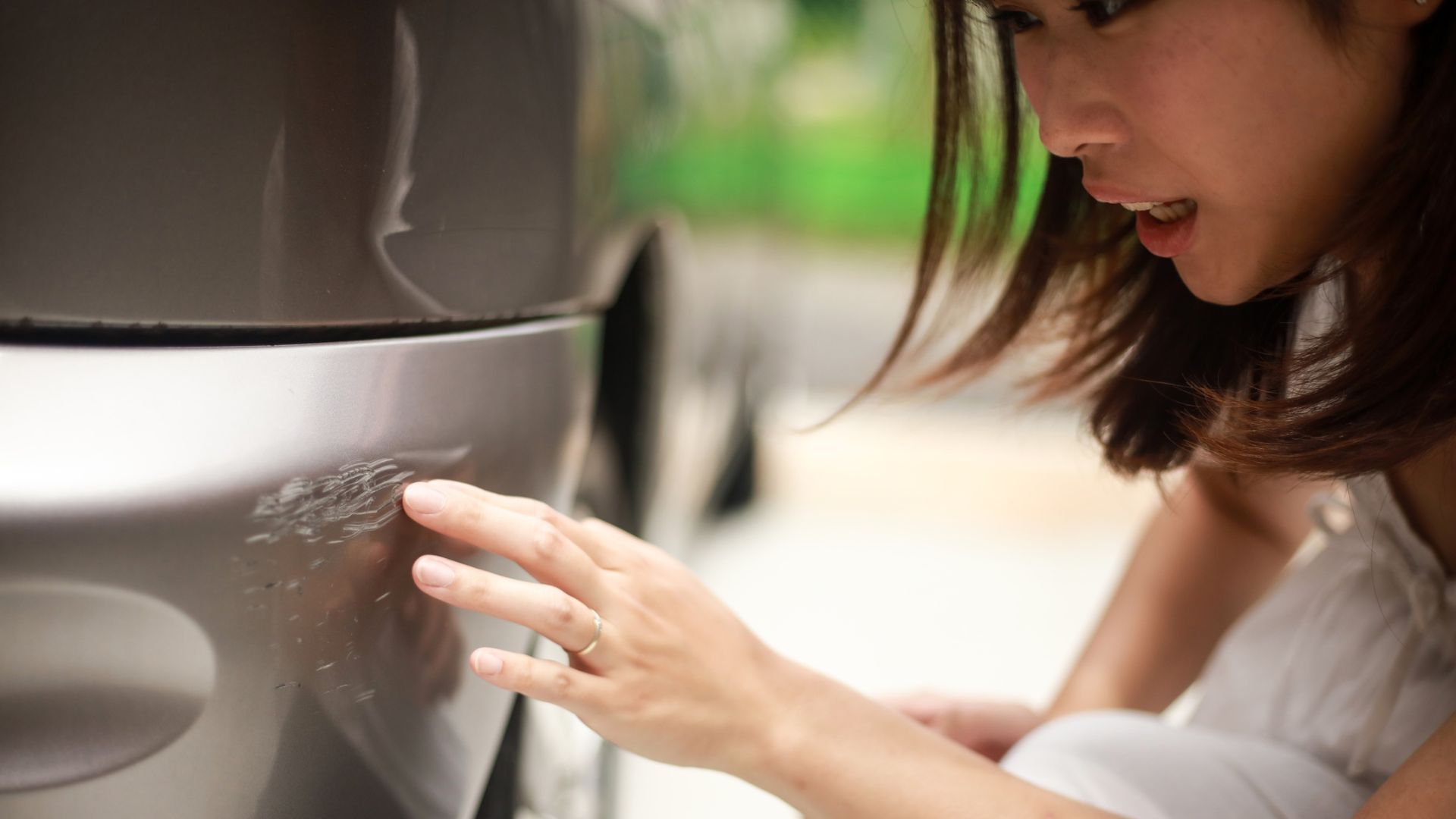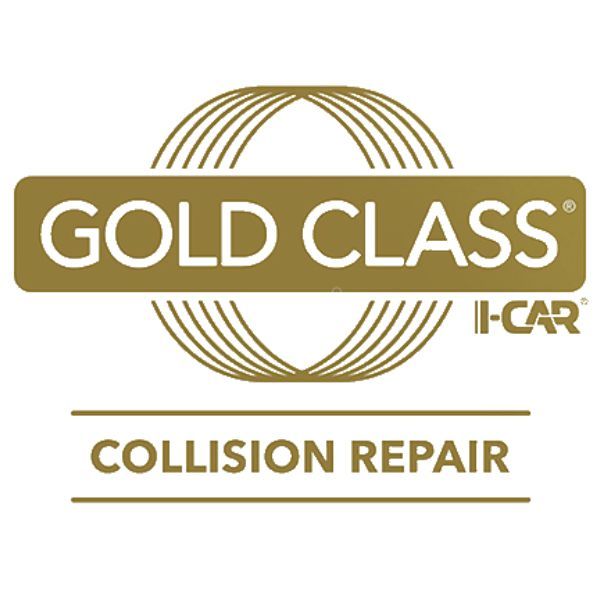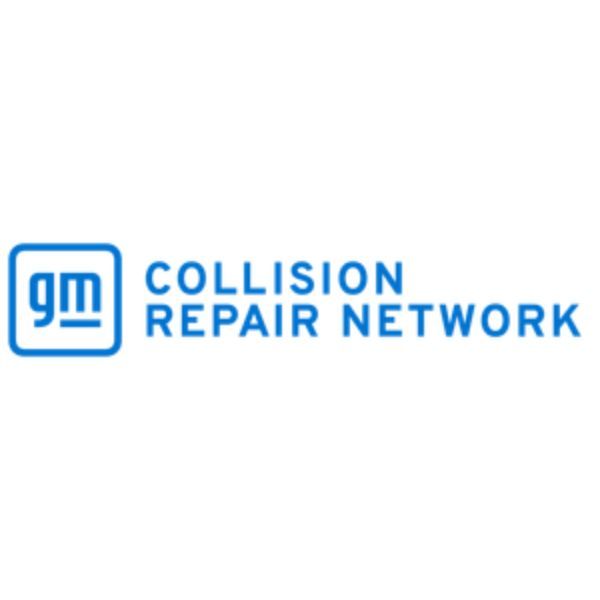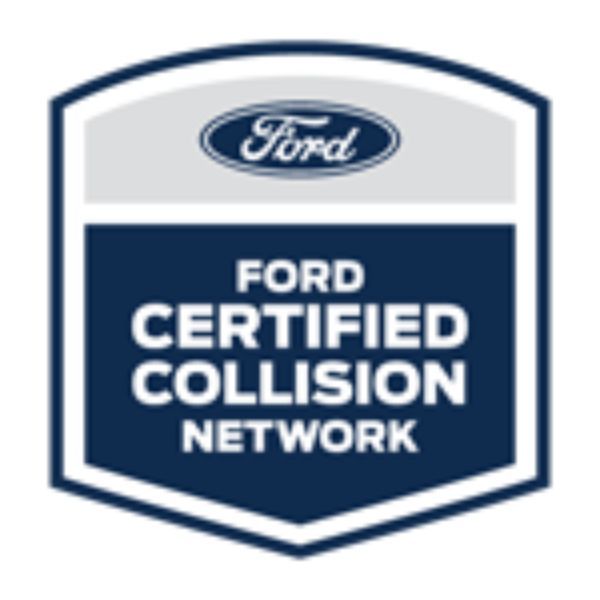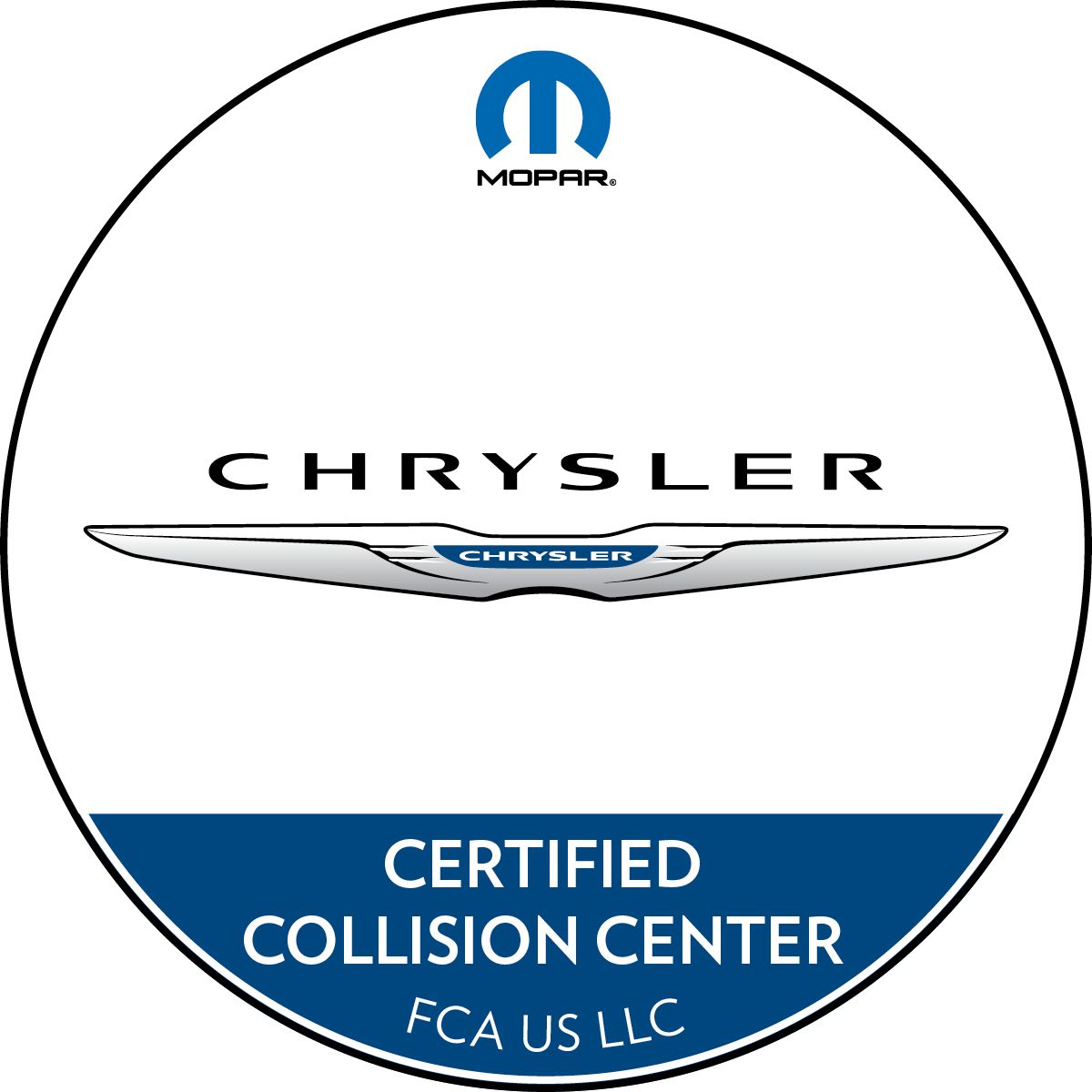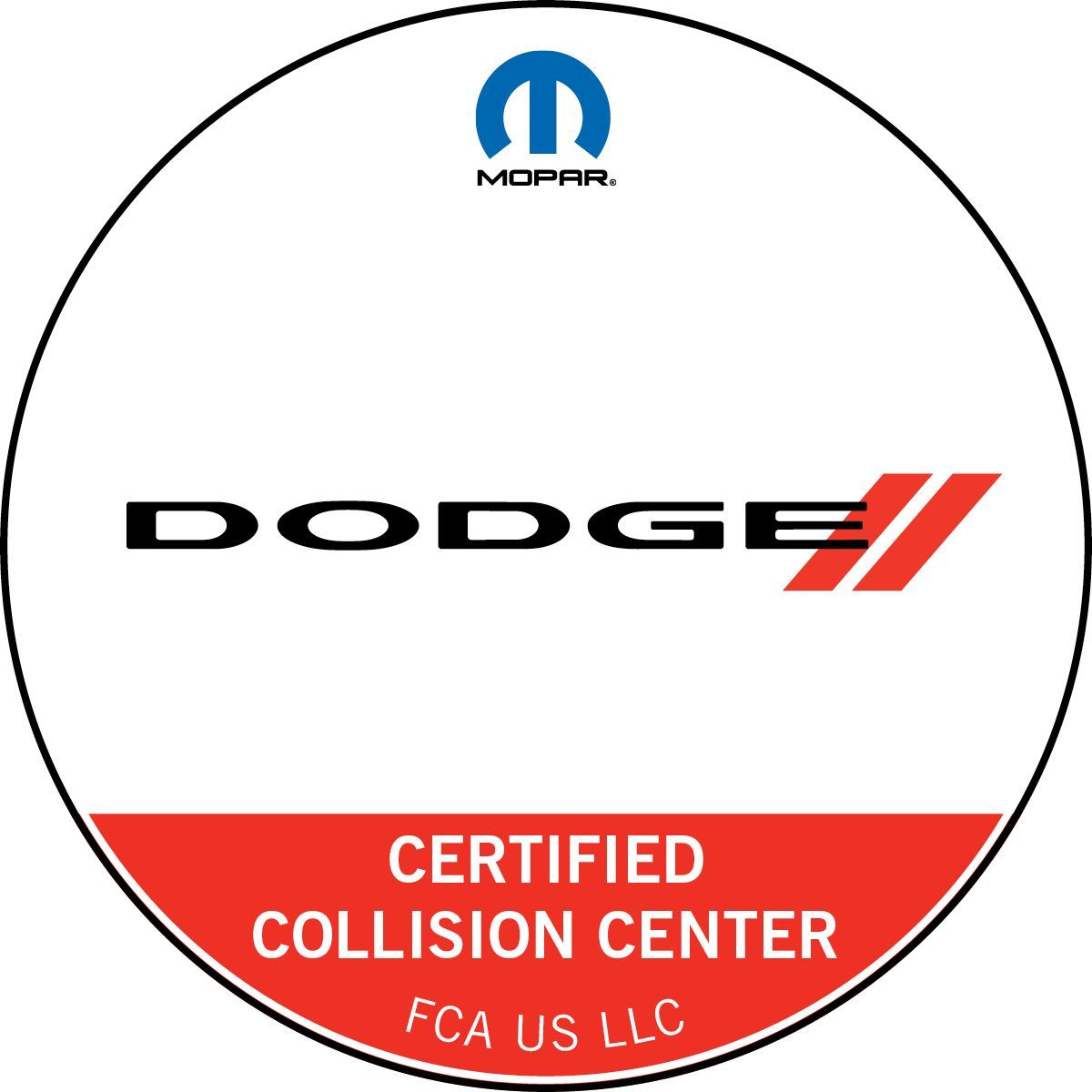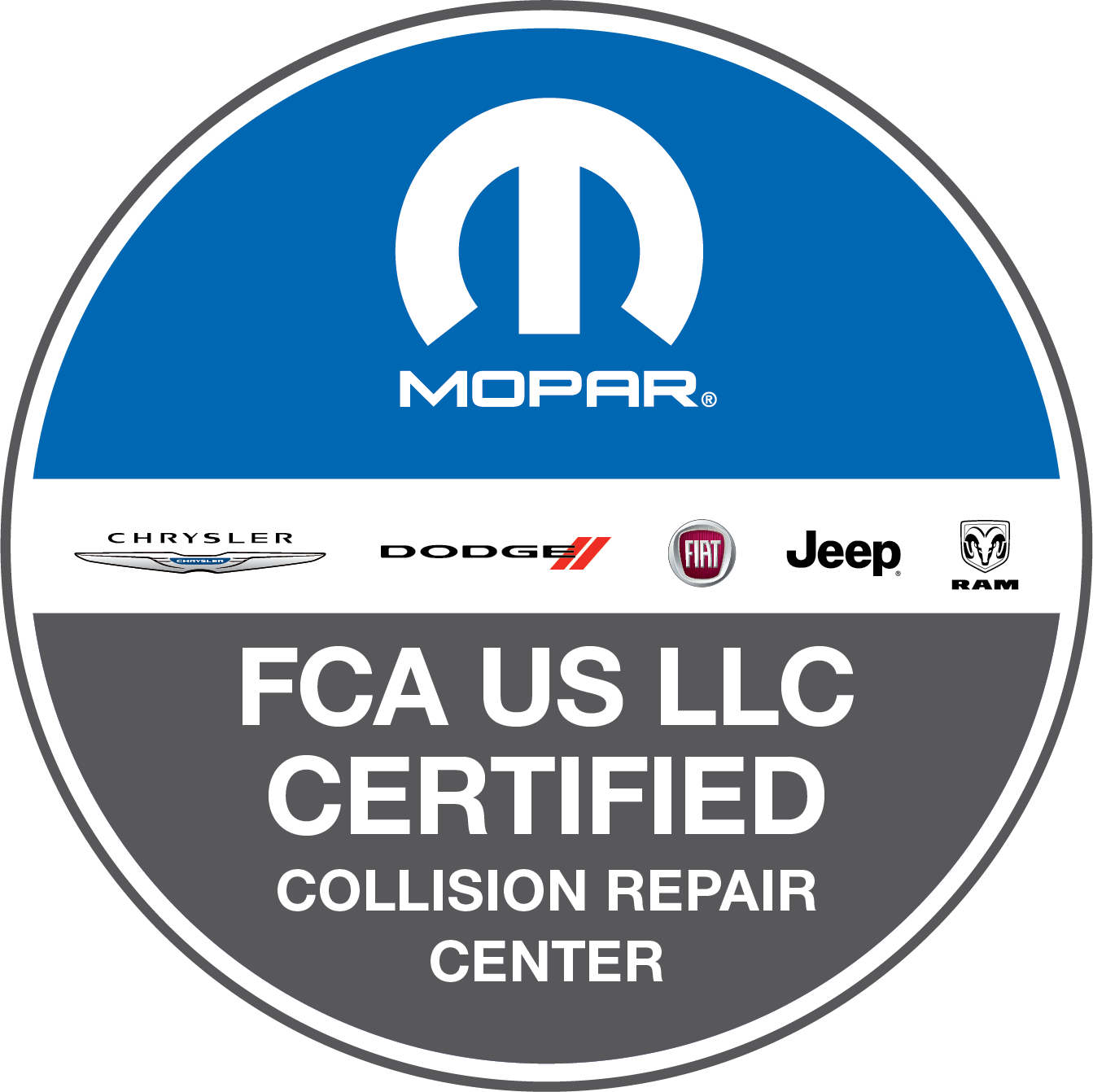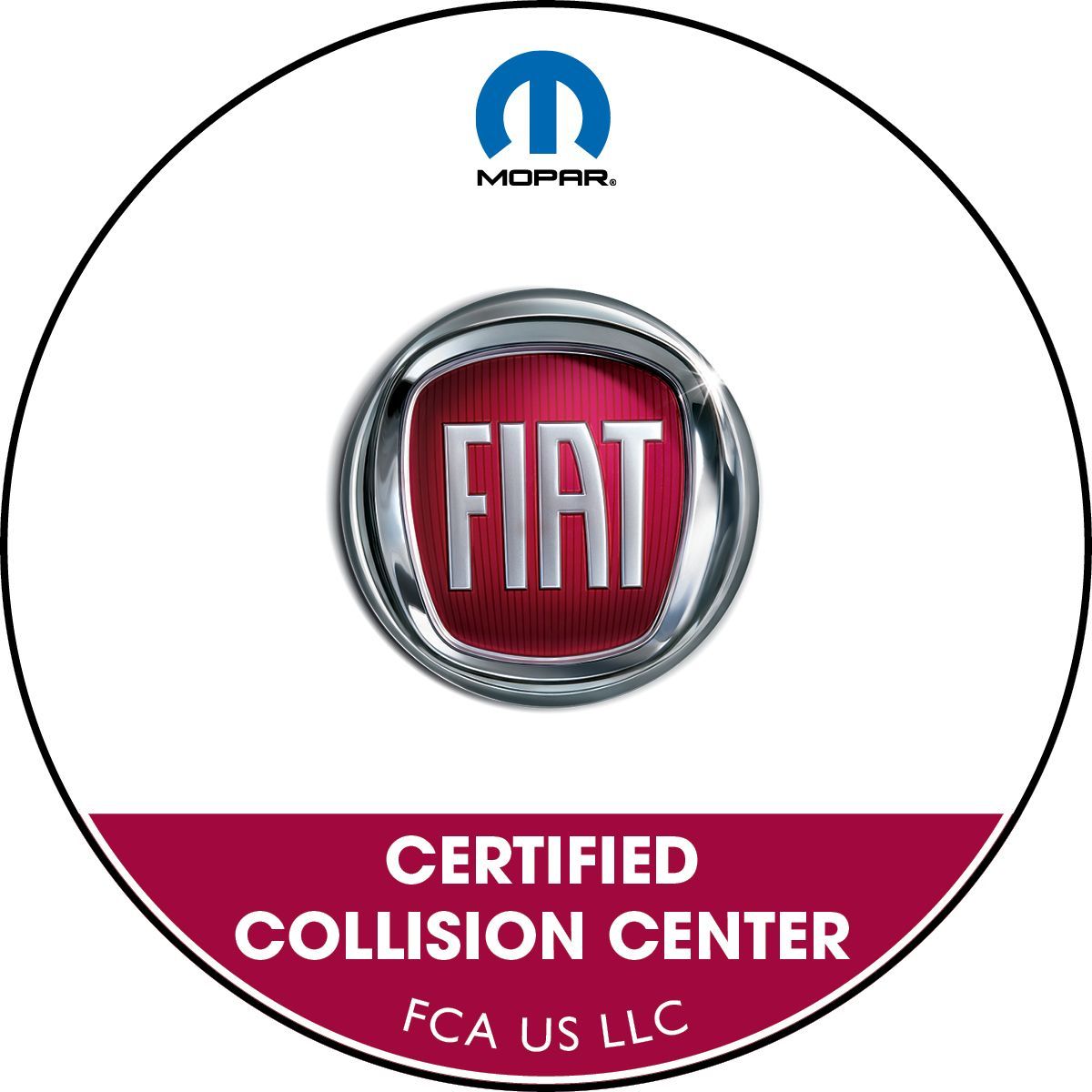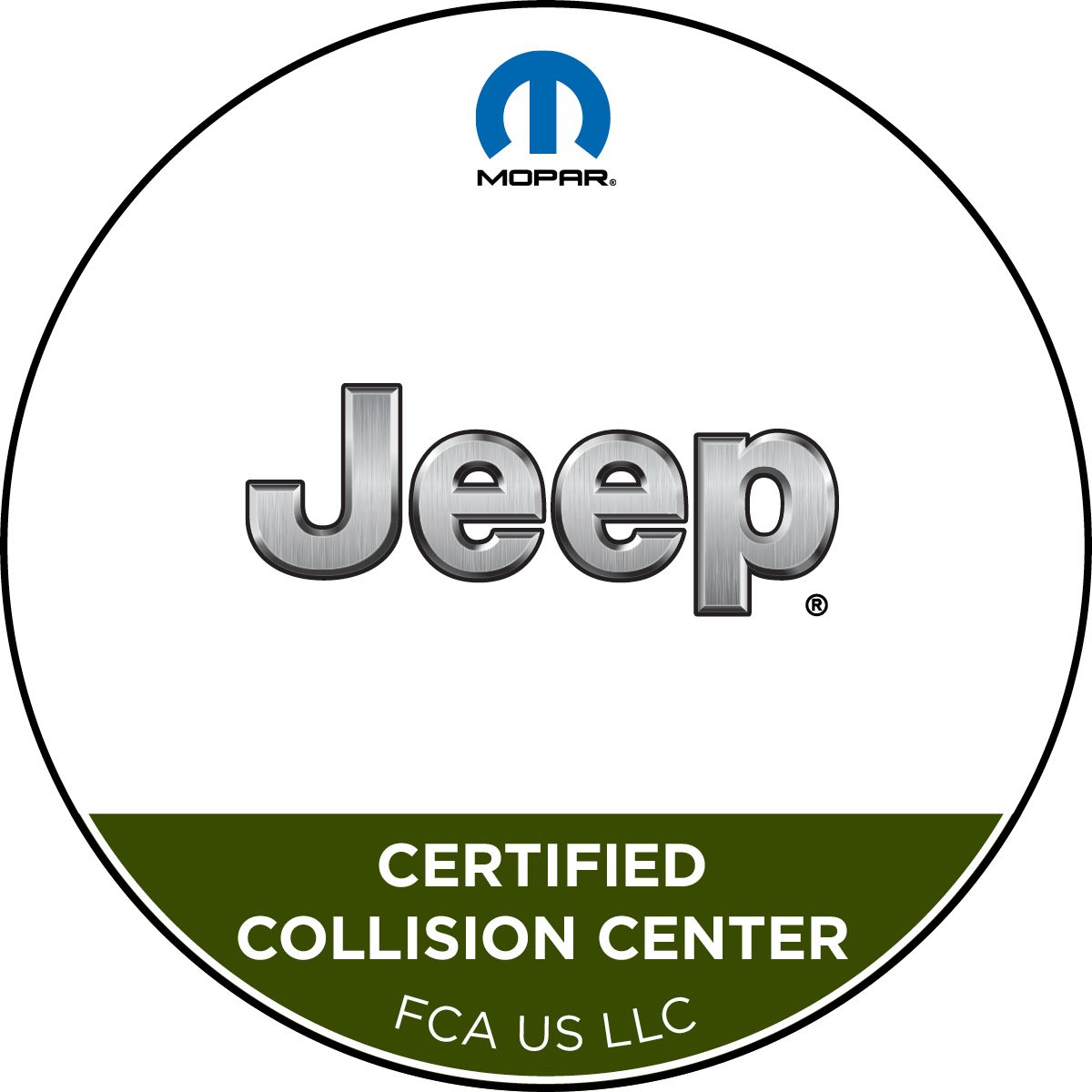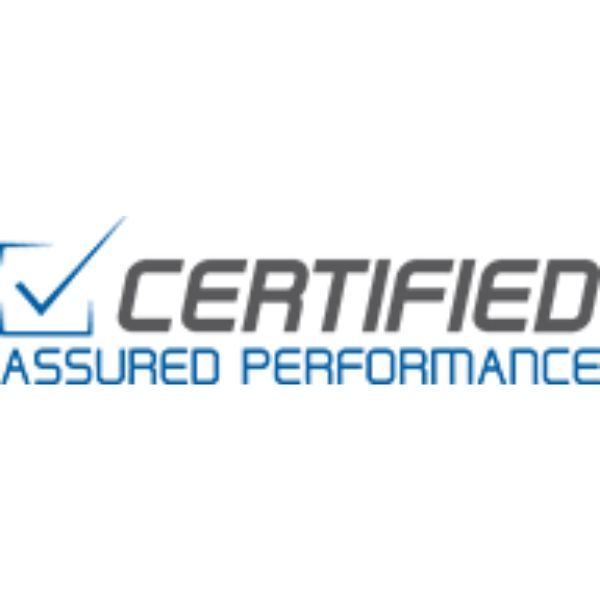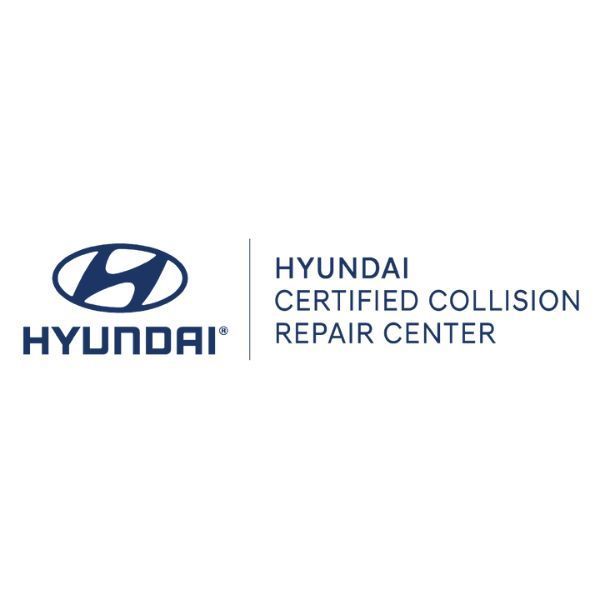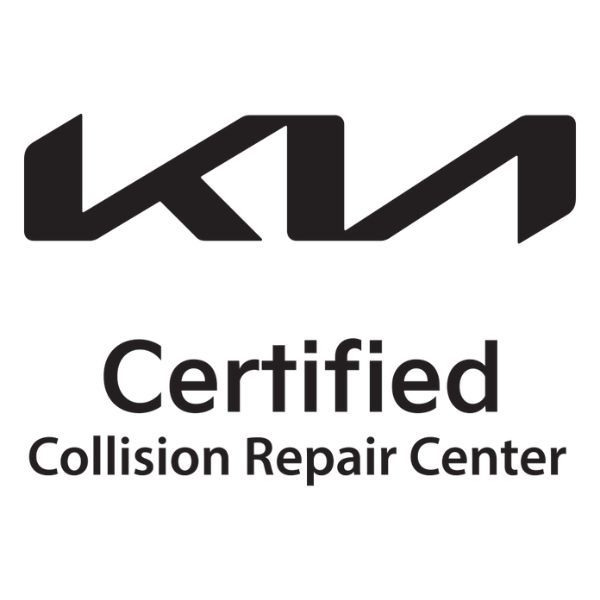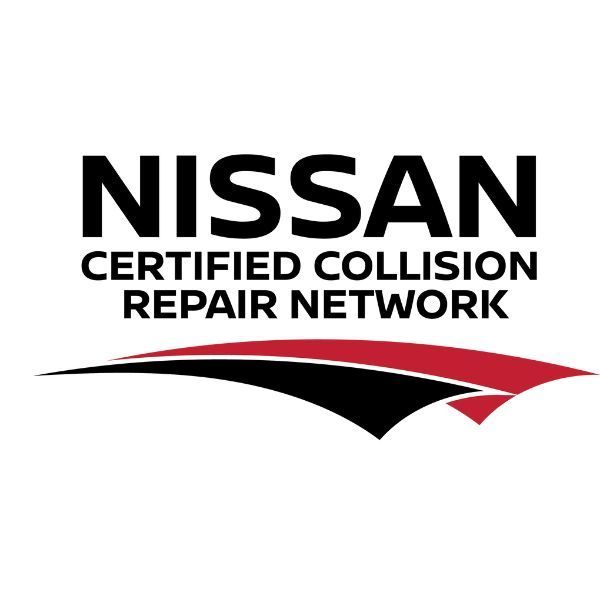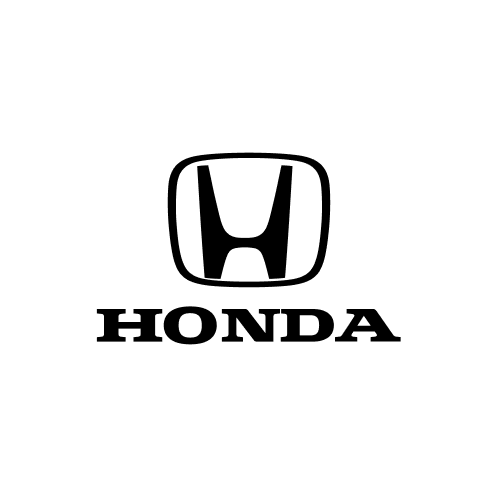Our Bumper Repair Process
If you’ve recently been in a car accident, then there’s a good chance your bumper sustained some damage. While small scuffs and abrasions may only need a minor touch-up, more extensive damage often requires a full bumper repair or replacement. We understand how stressful it can be to get your vehicle back on the road after an accident, so we’ve broken down our bumper repair process into three simple steps.
1. Inspect Your Vehicle
The first step in our bumper repair process is to thoroughly inspect your vehicle’s condition. We do this by assessing the damage and determining how much work needs to be done to fix it. This helps us to provide you with an accurate estimate of what the entire repair will cost.
This also gives us an idea of how long your repairs will take. For instance, smaller, isolated areas of damage tend to be perfect candidates for bumper repair. This process is quicker than replacement and usually more affordable. If either of your bumpers meet the criteria for repair, then we’ll recommend it as soon as possible. The longer you wait, the more likely they are to chip and crack with daily use.
Unfortunately, not all bumper damage qualifies for repair. This is often the case with thin, plastic bumpers that are ripped open or torn away from fasteners. By inspecting your vehicle first, we guarantee that it’ll get the attention it rightfully deserves.
2. Prepare Your Vehicle
After we inspect your vehicle and provide an estimate, we’ll begin preparing it for repairs. During this stage, our technicians may remove your damaged bumper to perform repairs without affecting other parts and panels of your vehicle. If this is the case, then they’ll take their time and remove your vehicle’s bumper according to the manufacturer’s standards.
In some cases, we may be able to fill, patch, or repair minor bumper damage without needing any replacement parts. This is the best-case scenario if your bumper is still attached and in one piece. However, major accidents tend to damage the bumpers of newer vehicles beyond repair. The truth is we may need to order and install a replacement from your vehicle’s manufacturer.
If this is the case, we’ll always consult you or your insurance company for approval before ordering any replacement part for your vehicle. We’ll provide our professional recommendations and explain why the operation is required to maintain the safety mechanisms on your vehicle. Our main goal is maintaining the safety of your vehicle after repairs.
3. Repair and Refinish
Once your vehicle is ready for repairs, we’ll begin fixing the damage and refinishing your bumper. We’ll clean and prep the affected area, warm and massage out the low spots, and sand away scratches and scuffs from the bumper’s surface. If anything needs to be replaced, then we’ll carefully install the new parts once they’re delivered.
After all repairs are complete, we’ll prime the area and apply a fresh coat of paint to the affected area, if necessary, before clear coating your bumper to give it that glossy finish. Our technicians will then reattach your newly repaired bumper using proper hardware components like bolts, screws, and fasteners.
Once this step is complete, we’ll give you a call right away and you can pick up your newly repaired vehicle at your convenience. If you’re interested, we’ll also provide optional
detailing services to return your car, truck, or SUV in the best condition possible.
Ask Us about Bumper Repair and Replacement
We’re proud to offer high-quality, year-round bumper repair services at an affordable price. Our I-CAR Gold Certified technicians will always use state-of-the-art tools and techniques to restore your vehicle’s exterior appearance and performance. That way, you can get back on the road quickly and with confidence.
If you have any questions about our bumper repair process or are simply in need of an estimate, then we welcome you to
give us a call,
contact us online, or stop by either our
North 22nd or
North 83rd Street location in Lincoln, Nebraska.
Share
More Blog Posts

